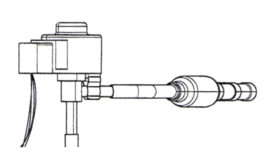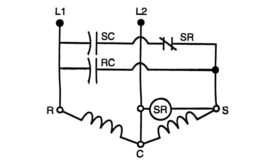Home » troubleshooting and HVACR
Articles Tagged with ''troubleshooting and HVACR''
Ice Breaker: Troubleshooting Fractional Horsepower PSC Fan Motors
Follow these five steps to determine the cause of an inoperative motor
Read More
Ice Breaker: Multiplying the Value of a Refrigeration Technician
To sum up, math skills are an important part of HVACR service
Read More
Troubleshooting Thermostatic Expansion Valves
If you believe that the TXV is the cause of a system problem, first try adjusting the valve
Read More
The Professor: In Spring, Thoughts Turn to Troubleshooting
Spotting problems now will help you get a/c systems ready for cooling season
Read More
Copyright ©2024. All Rights Reserved BNP Media.
Design, CMS, Hosting & Web Development :: ePublishing













